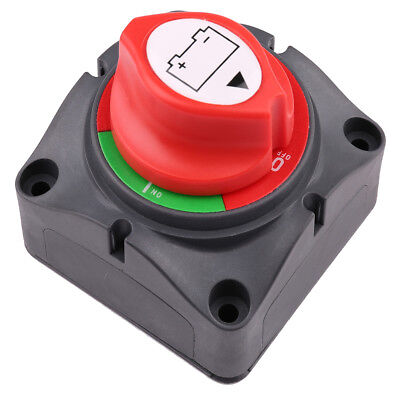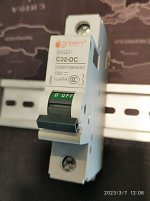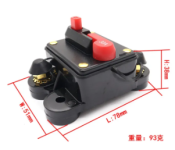Thunk303
10 µW
- Joined
- Jul 9, 2022
- Messages
- 6
Hey Team.
I am sure this has been solved but I can't for the life of me find the thread so...
I have 4 x 18v Makita batteries in series Parralel into a cheap controller and a 36v 800w brushed DC motor.
https://www.motiondynamics.com.au/dayton-800w-1hp-36v-dc-planetary-gear-motor-500-rpm.html
Firstly, it works a treat, now I would like to backtrack and add as much safety to the gear and myself as possible.
I have a 20amp fuse on each battery but I would like to add inrush limiters to avoid the spark I get when I connect the last batteries and hopefully protect all parts of the circuit.
As I understand it so far, which is not much, PTC MOV's would do the trick but I am unclear what value devices I need and dont trust my feeble calculations from online examples...
Any input appreciated or other better ideas welcome.
Cheers and happy travels.
Dean
I am sure this has been solved but I can't for the life of me find the thread so...
I have 4 x 18v Makita batteries in series Parralel into a cheap controller and a 36v 800w brushed DC motor.
https://www.motiondynamics.com.au/dayton-800w-1hp-36v-dc-planetary-gear-motor-500-rpm.html
Firstly, it works a treat, now I would like to backtrack and add as much safety to the gear and myself as possible.
I have a 20amp fuse on each battery but I would like to add inrush limiters to avoid the spark I get when I connect the last batteries and hopefully protect all parts of the circuit.
As I understand it so far, which is not much, PTC MOV's would do the trick but I am unclear what value devices I need and dont trust my feeble calculations from online examples...
Any input appreciated or other better ideas welcome.
Cheers and happy travels.
Dean







